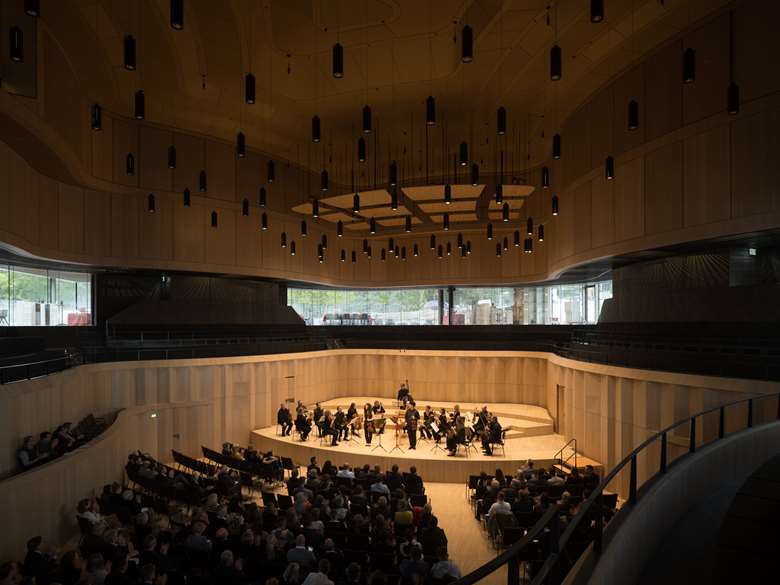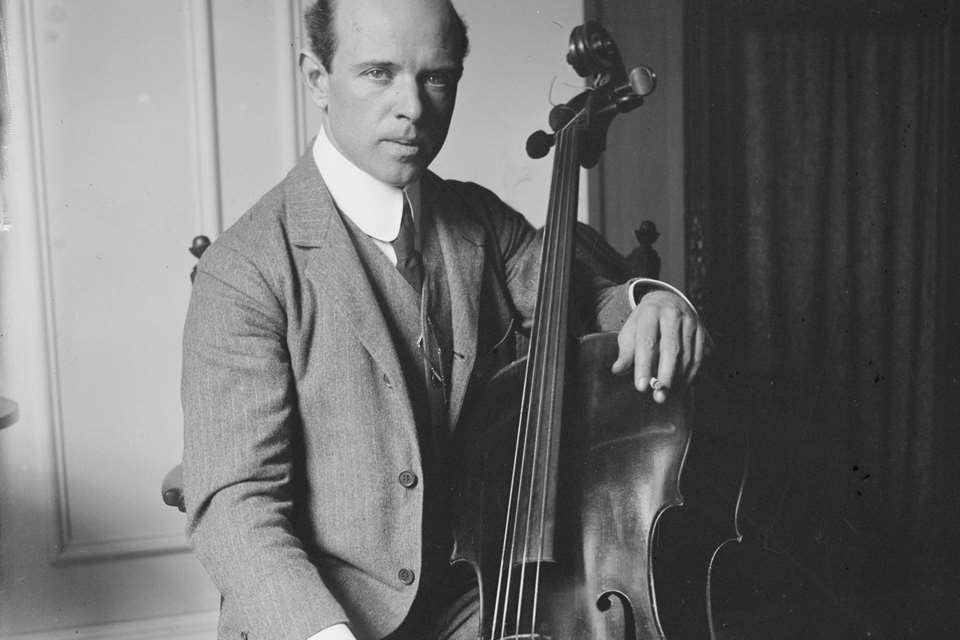Kronberg Academy’s new Casals Forum: ‘a hall in which there is literally no bad seat’
Charlotte Gardner
Friday, October 20, 2023
Charlotte Gardner finds out how, with acousticians and architects working in tandem from the project’s genesis, the Kronberg Academy’s new concert venue presents audiences with perfectly balanced acoustics, no matter where they sit


Register now to continue reading
Don’t miss out on our dedicated coverage of the classical music world. Register today to enjoy the following benefits:
- Unlimited access to news pages
- Free weekly email newsletter
- Free access to two subscriber-only articles per month
